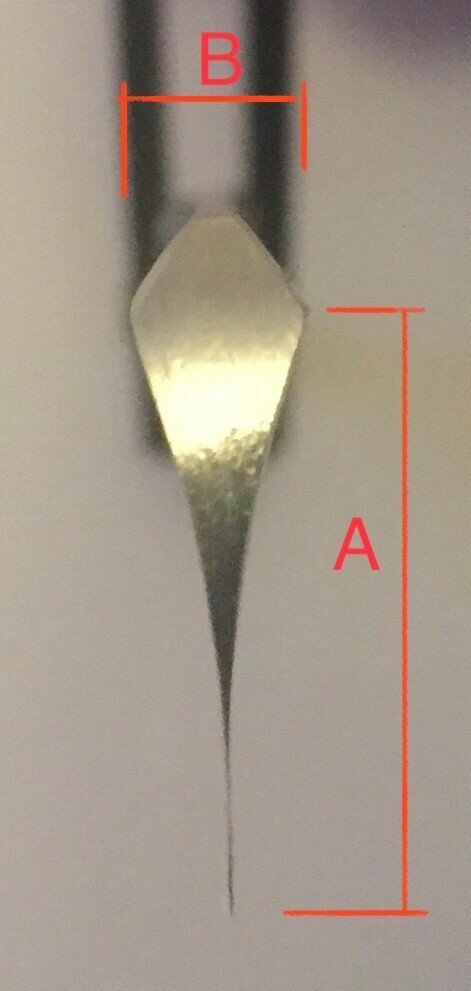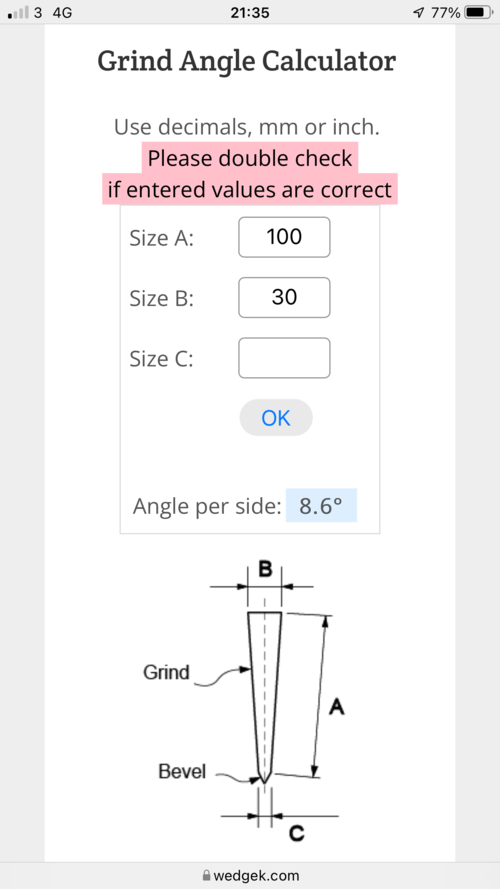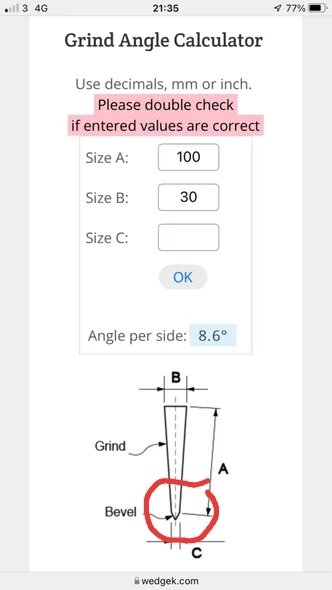rbscebu
Girls call me Makaluod
I have a few SR's in my rotation and their bevel angles vary from a bit under 16° to a bit over 18°. They all shave very well and can produced whatever desired result that I want with about the same effort.
What I have found is that SR's with the greater bevel angles are more forgiving to those slight lapses of concentration while shaving. If advising a new person to SR shaving, I would suggest that they get a SR with a bevel angle of somewhere between 17.5° and 18.5°. Once they have developed their technique, they can then venture into blades with a more acute bevel
What I have found is that SR's with the greater bevel angles are more forgiving to those slight lapses of concentration while shaving. If advising a new person to SR shaving, I would suggest that they get a SR with a bevel angle of somewhere between 17.5° and 18.5°. Once they have developed their technique, they can then venture into blades with a more acute bevel



